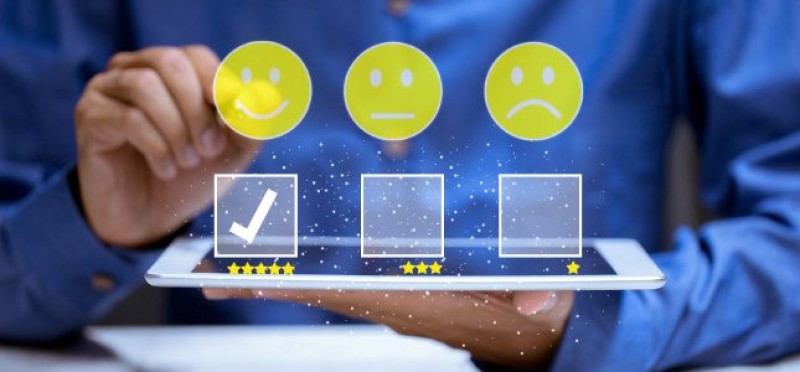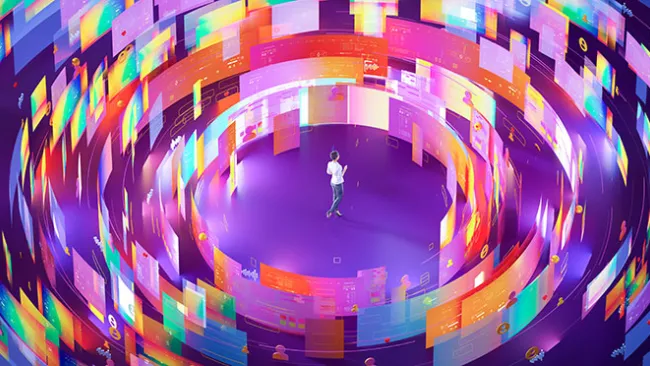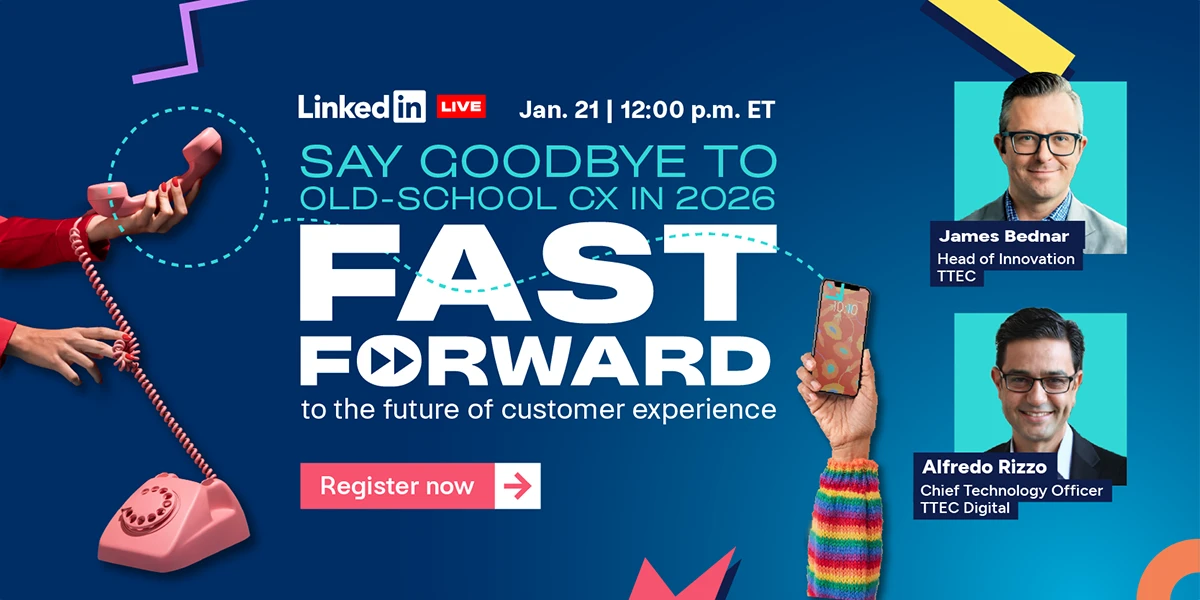Creating an outstanding customer experience may catch a customer’s attention but unless it’s a consistent experience, it won’t win their loyalty. Especially at a time filled with uncertainty, successful companies understand that delivering consistent experiences across multiple touchpoints helps fortify customer loyalty and the bottom line. But what does it mean to deliver a consistent customer experience during these unprecedented times?
On a recent webinar, “Delivering relentless consistency in virtual customer experiences” we explained how brands can do just that by using data insights to anticipate customer wants and exceed expectations. Here’s a summary of what we discussed.
Consistency + empathy = customer loyalty
When faced with a lot of changes and uncertainty, people crave reliability and empathy. They want to know that the brand they choose to do business with understands and values them. Customer confidence and loyalty increase when an organization delivers a consistent level of quality service, assuring the customer that he or she is valuable.
The way that brands treat customers on their website or IVR, for example, is an indicator of the empathy that a brand demonstrates towards a customer as part of the overall customer experience. A disjointed, inconvenient experience feels unempathetic and could be a deal-breaker for the customer. This makes it incredibly important for companies to ensure that all the different channels connect for a unified customer experience.
How do we create that unified experience? A retailer, for example, could have associates reach out to in-store customers in a phone call or chat letting them know about their e-commerce site. The associate could offer to help the customer fill their basket and when it’s time to pay, transfer customers to the online channel where they can enter their payment info, maintaining data security. In fact, this is a real-life example of a retailer in the Philippines creating a frictionless customer experience.
This is a good example of a ‘wow’ experience because it is:
- Proactive: The retailer anticipated customer wants and reached out.
- Convenient: The customer care channel was already connected to the company’s e-commerce site, reducing customer effort.
- Personalized: An associate provided a human touch when it mattered with the right degree of automation (allowing customers to enter their payment through a secure online system).
Uncover the blind spots
A critical factor in enabling this type of unified experience is having a plan in place for identifying blind spots along the customer journey and filling those gaps. This is where front-line customer care associates offer immense value. Yet they are frequently overlooked. Clients are often surprised by the amount of rich feedback that they receive when they engage front-line employees for insights to optimize the customer journey.
Especially at a time when customer expectations are rising and budgets are tight, collaborating with customer care associates to map out an end-to-end customer scenario or journey is a smart way for brands to utilize existing resources to get ahead in today’s new normal. And there are many ways to collect those insights. We’ve had success with processes as simple as organizing a weekly meeting with 5 to 8 associates and collecting their observations to implementing speech analytics tools that monitor and analyze customer interactions in real time.
Leverage smarter insights consistently
Utilizing the insights of customer care teams is one way to gain deeper customer understanding. However, that is only one part of gaining a complete understanding of the customer. For instance, recognizing that customer profiles can change rapidly is more important than ever.
Brands need to know what their customer looks like and what they may need in order to talk to the right customer at the right time with the right message. How do you do that? Create predictive models that not only look at what customers need, but also what they want. This includes analyzing search terms and behavioral data to understand what’s top of mind for customers to help anticipate what they want—and, more importantly, when they might want it. The best experiences come from really understanding the customer sales cycle and journey, to be able to present the right message at the right time.
For example, concerns about store and workplace cleanliness, as well as brand values are currently top of mind for many consumers and even some clients. As customer expectations rapidly evolve, it's important to know which KPIs to use to measure success and what defines the lifetime value of a customer. The answer varies for each company, but our research shows that the purchasing experience is still the key driver to customer loyalty.
And so, a complete alignment to deliver consistent marketing, sales, and service experience is critical. Customers expect to interact with knowledgeable employees who provide value as well as empathy. They expect your company to understand their journey with your product, and to make recommendations based on their needs. For example, equipping your service team with data that illustrates the customer's journey helps them customize the conversation and uncover friction in the process.
Which brings us back to our first point: Delivering consistently great customer experience means delivering service at equal—if not better—levels every time, from every channel.
To learn more, watch the on-demand webinar “Delivering relentless consistency in virtual customer experiences.”
















